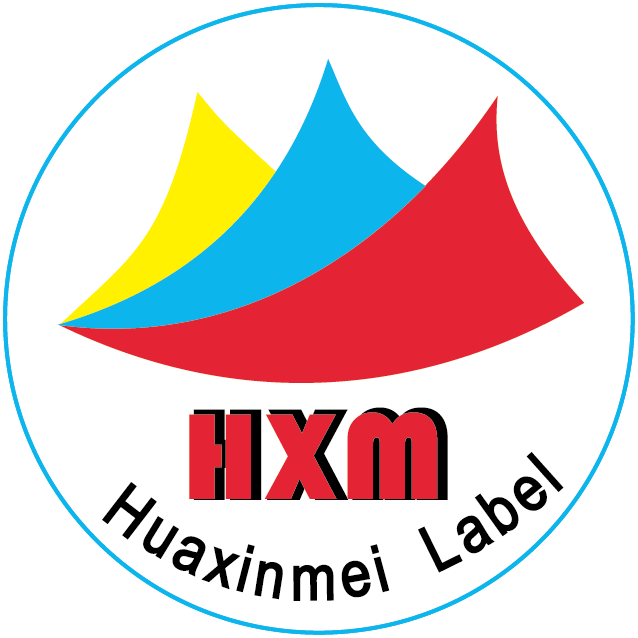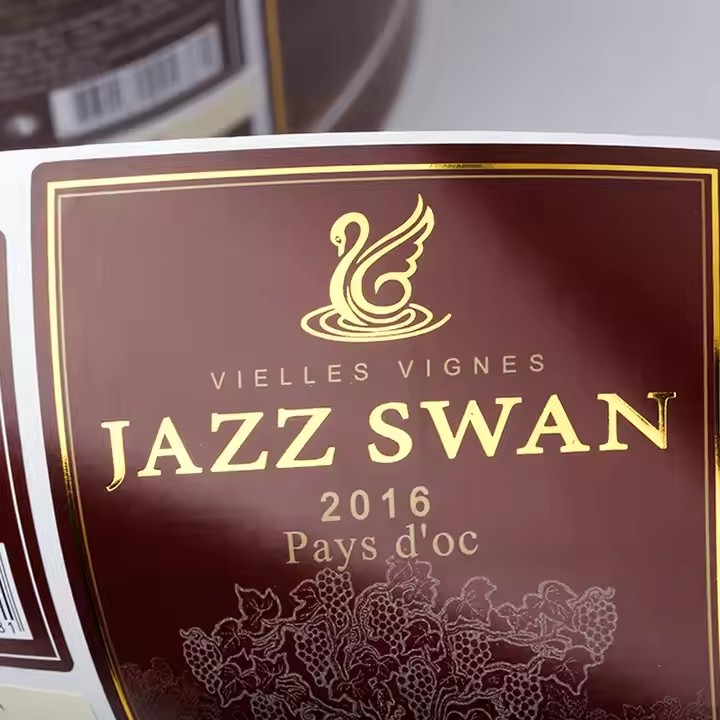If you want to avoid wasting paper when making stickers, you need to plan well before designing. You should think clearly and carefully calculate the use of paper, the use of materials, and the size requirements, as well as how to use patterns on the materials.
Precise Measurement and Demand Analysis:
Measuring the pasting surface: Use high-precision measuring tools such as laser rangefinders and tape measures to comprehensively measure the surface of the object where the sticker will be pasted. Include detailed size information such as length, width, and curvature (if any), and ensure that the measurement error is within the allowable range.
Understanding the usage scenario: Clearly define the usage environment and purpose of the sticker. For example, determine whether it will be used indoors or outdoors, for short-term promotion or long-term identification, etc. This will affect the choice of sticker material and design style, and indirectly influence the utilization efficiency of the paper. For instance, stickers used outdoors may require more durable materials, while stickers for short-term indoor promotion can be more flexible in material selection to better fit the paper specifications.
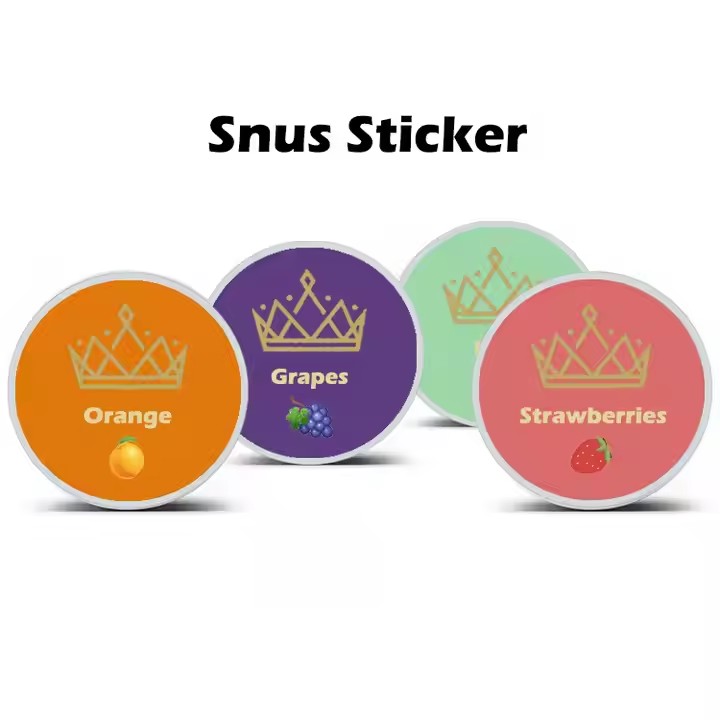
Considering the audience’s perspective: Analyze the visible distance and angle of the sticker from the viewer’s perspective, and determine the importance hierarchy and display method of the sticker content. For stickers that are viewed from a distance, important information should be prominent and concise, avoiding complex designs due to excessive details that may waste space. For stickers that are viewed up close, you can appropriately add some delicate details, but also pay attention to the overall simplicity and space utilization.
Optimization in the Design Stage
Reasonable Planning of Pattern and Text Layout:
Compact arrangement of elements: Arrange the patterns, texts, and other elements in the sticker closely to make full use of the paper space. For irregularly shaped patterns, rotate and flip them to make them fit with other elements and reduce gaps. For example, combine different shapes such as circles and triangles so that they fill the blank areas with each other.
Text simplification and layout optimization: Simplify the text content, remove unnecessary modifiers and repetitive information, and ensure that the conveyed information is accurate and concise. In terms of layout, adjust the font size and line spacing reasonably according to the importance and logical relationship of the text. Important title text can be appropriately enlarged, but also pay attention to the coordination with the overall pattern, avoiding occupying too much space. The body text should ensure clear readability, and the line spacing should not be too large or too small. Generally, a line spacing of 1.2 to 1.5 times the font size is more appropriate.
Utilizing negative space: Skillfully use the negative space, that is, the blank areas between patterns and texts, and design them into shapes with certain meanings or elements that echo the overall design. For example, in a large sticker with an animal theme, the blank areas between animals can be designed into the shapes of leaves or clouds, which not only enriches the picture but also does not occupy additional paper space.
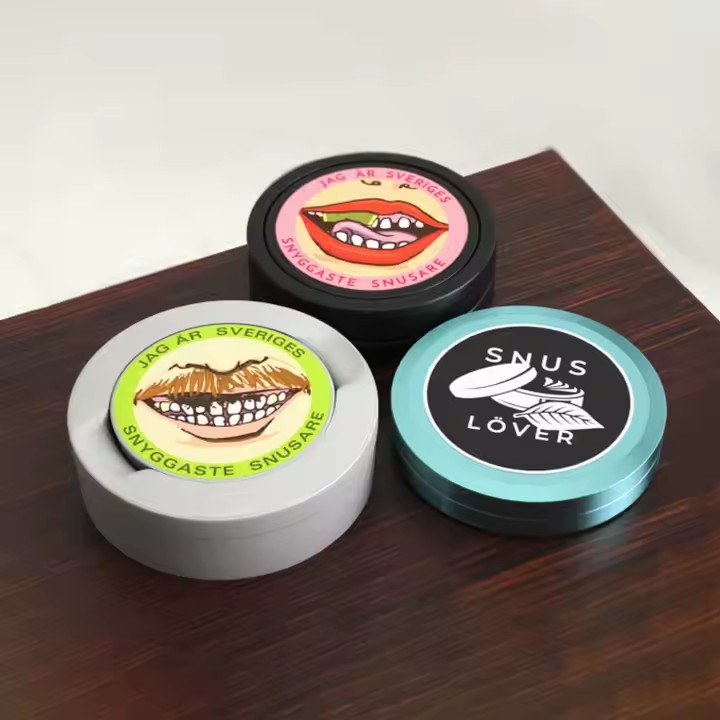
Adopting Modular and Repetitive Design:
Creating modular elements: Design some elements in the sticker into reusable modules. These modules can be independent patterns, icons, or decorative elements. For example, when designing large stickers for a series of beverages with different flavors, brand logos, flavor logos, etc. can be designed as modular elements. Through different combination methods, they can be adapted to different products, which can reduce the unique elements of each sticker design and improve design efficiency and paper utilization.
Repetitive pattern design: Use repetitive patterns to fill the large areas of the sticker. These patterns can be simple geometric shapes, line textures, or elements with thematic characteristics. Through clever arrangement and combination, repetitive patterns can create a rich visual effect, and at the same time avoid space waste caused by complex designs. For example, for a sticker with a floral theme, flower patterns of different colors and sizes can be arranged repetitively to form a background with a sense of hierarchy and rhythm.
Precautions in the Layout and Printing Stage
Selecting the appropriate paper and printing method:
Matching paper specifications: Thoroughly understand the common paper specifications in the market, such as large paper (889mm×1194mm), regular paper (787mm×1092mm), and various special paper specifications. According to the design size of the sticker, select the paper specification that is closest to and can meet the requirements. If the sticker size is special, communicate with the paper supplier to customize the appropriate paper specification to reduce the cutting margin. At the same time, consider factors such as paper weight and material to ensure that it meets the usage requirements and quality standards of the sticker.
Selecting the appropriate printing method: According to the quantity, precision requirements, and cost budget of the sticker, select the appropriate printing method. Common printing methods include offset printing, digital printing, flexographic printing, etc. Offset printing is suitable for large-scale printing, with high color reduction and relatively low cost, but the plate-making cost is high. Digital printing is suitable for small-scale, high-precision printing tasks, without the need for plate-making and can be printed quickly, but the unit cost is high. Flexographic printing is often used for printing stickers on special materials such as plastic films, with good flexibility and adaptability. When choosing the printing method, comprehensively consider various factors to achieve the best cost-performance ratio and paper utilization.
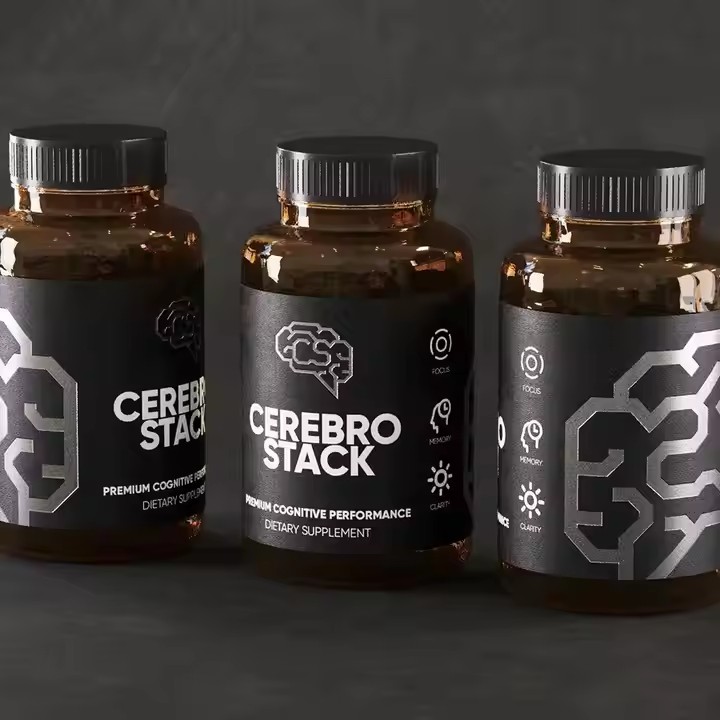
Optimizing layout and imposition:
Software-assisted layout: Use professional layout software such as Adobe InDesign to layout the designed sticker files according to the selected paper specifications. Utilize functions such as alignment, distribution, and grid in the software to precisely adjust the position of elements, ensuring that the layout of the sticker on the paper is reasonable and compact. At the same time, use the preview function of the software to view the layout effect in advance and promptly discover and adjust any possible problems.
